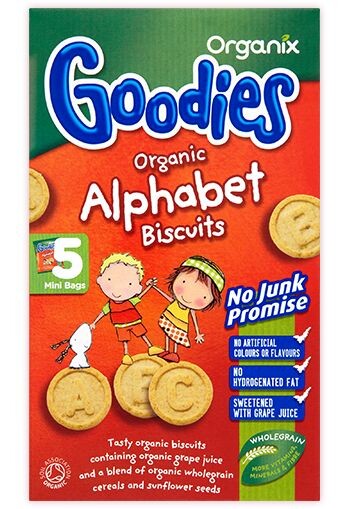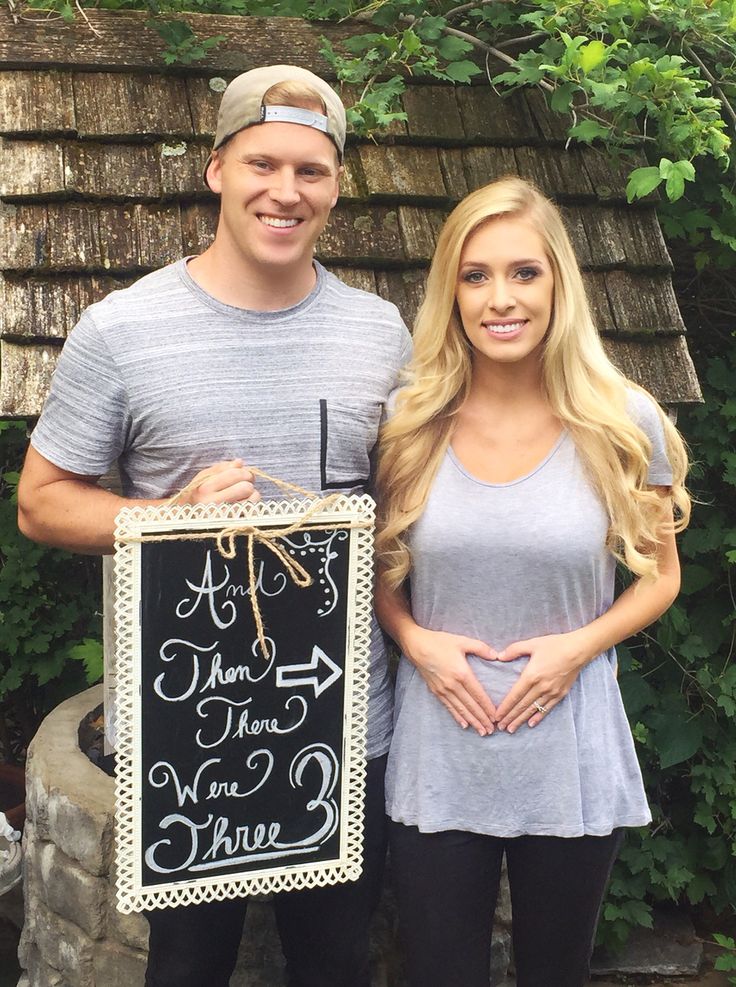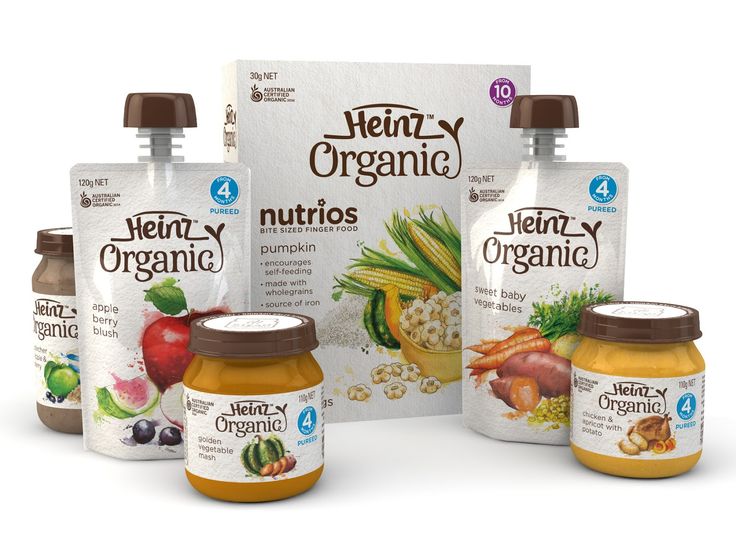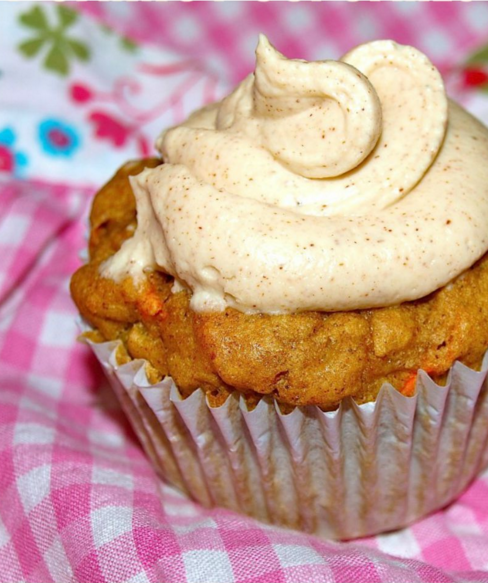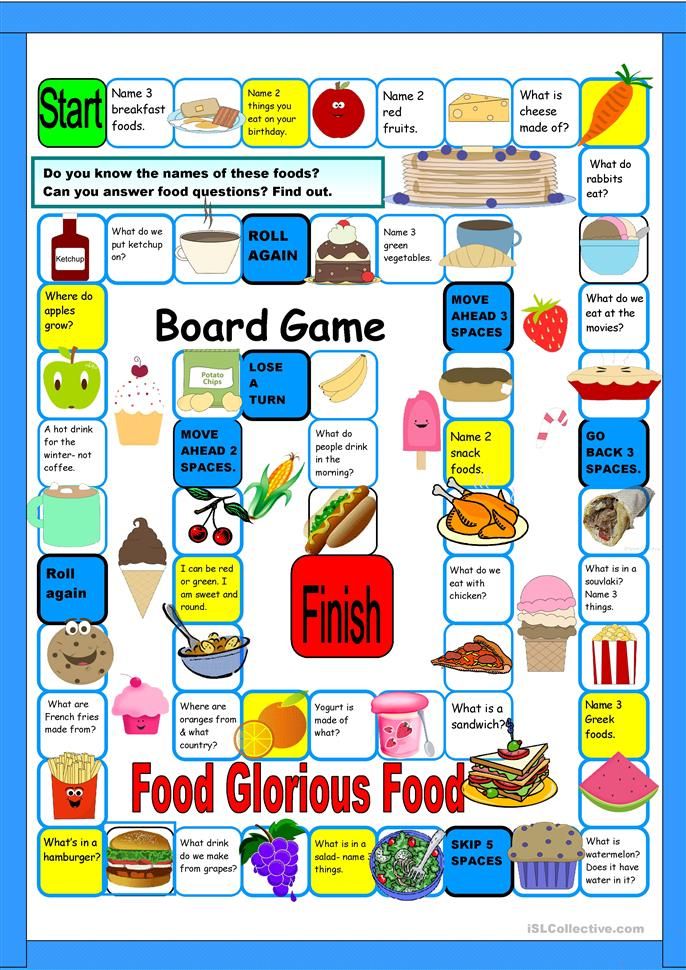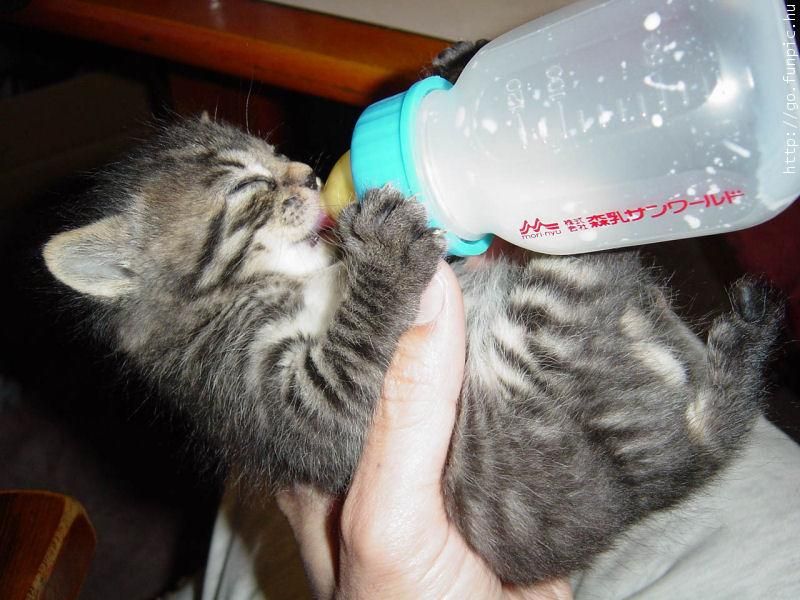When can a baby squirrel start eating solid food
Baby Squirrel Feeding Chart - An Ultimate Intro To Foods
Are you looking for an introduction to foods for baby squirrels? Read on for the ultimate food intro guide recommended by an expert squirrel rehabber! Our Baby Squirrel Feeding Chart is an excellent resource for rehabbers, squirrel owners, and wildlife rehabilitators to introduce new foods to baby squirrels. We also provide in-depth information about what age is suitable for different foods.
Disclaimer: If you find a sick, injured, or orphaned animal, please don’t take on the responsibility of caring for it yourself. Please locate a licensed rehabber in your area and remember this is about the animal’s one chance at life.Looking for a Rehabber? Here are 3 Resources
- Squirrel Rehab Locator Map – input your zip code or city into the search bar of the Google map.
- Animal Help Now – licensed rehabber directory
- Squirrel Connections – licensed rehabber directory by state
Baby Squirrel Feeding Chart: Feeding Tips
The baby squirrel feeding tips are the best practices of Karen C. , an expert rehabber in New Orleans, LA. If you would like to connect with Karen, you are welcome to send a message through Kitty City Squirrels or visit her Instagram page @omakoda.
Squirrels need a quality formula from birth through self-wean, usually at 12 to 14 weeks of age.
WaterFresh drinking water is available as soon as the squirrels open their eyes, usually around 5 weeks old. My preference is to expose the squirrel to water, even though squirrels may not begin to drink water for one to two weeks after opening their eyes.
Rodent BlocksStarting daily at 4 weeks of age, Karen places a fresh piece of rodent block in their feeding dish. The squirrel gets accustomed to the smell by having a new piece daily. They may not eat the block right away but may begin to gnaw on it.
Rodent blocks are offered daily while the squirrel is in Rehabber Karen’s care. At the age of 8 weeks, the serving increases to two (2) blocks per day.
When squirrel babies open their eyes, Karen offers solid food. When she first began rehabilitating squirrels, she witnessed babies having diarrhea and bloat. These unfortunate circumstances led her to develop a system to introduce new foods. This series of introductions work for Karen, and individual results may vary.
Baby Squirrel Feeding Chart 5 to 8 Weeks Old: Introduction to Vegetables & Fruits
VegetablesAt 5 weeks old, or when eyes are open, the squirrel is introduced to vegetables. Karen offers one kind of vegetable at a time. If there are no issues after 24 hours, another veggie is introduced. If any vegetable causes problems like diarrhea or bloat, the veggie is discontinued and introduced later.
cut vegetables into big chunks to avoid choking. Continuallymonitor when introducing new foods. Fruits5 to 8 weeks oldThe only fruit offered during this time (5 to 8 weeks old) is avocado.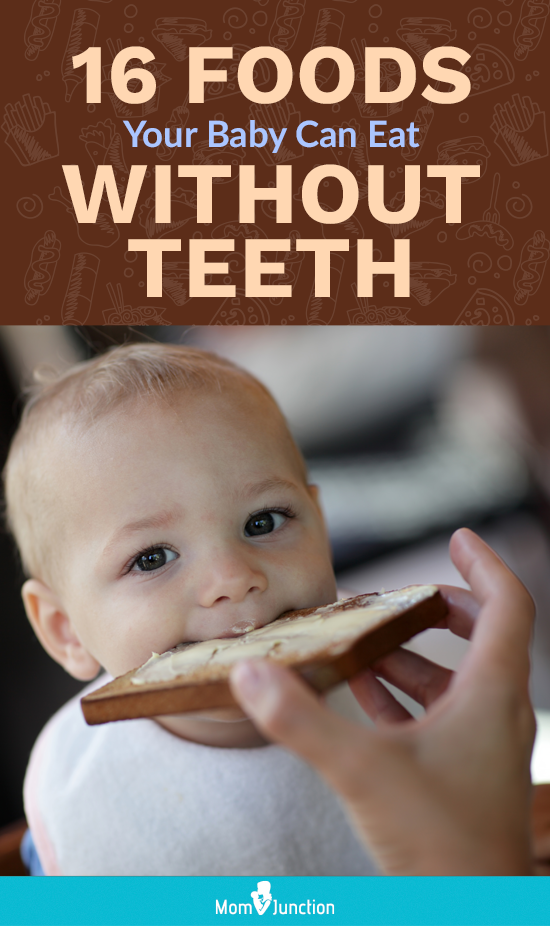 Most squirrels LOVE avocado. Avocados can cause choking because the squirrels become overzealous and put too much in their mouth.
Most squirrels LOVE avocado. Avocados can cause choking because the squirrels become overzealous and put too much in their mouth.
| 5 to 8 weeks old: Vegetables & Fruit Introduction |
|---|
| Arugula |
| Beet greens |
| Belgian endive |
| Broccoli |
| Brussels sprouts |
| Butternut squash |
| Carrots |
| Cauliflower |
| Collard greens |
| Crookneck squash |
| Cucumber |
| Garbanzo beans (fresh) |
| Kale |
| Pumpkin |
| Radicchio |
| Romaine lettuce |
| Sugar snap peas |
| Sweet potatoes |
| Swiss chard |
| Turnip greens |
| Zucchini |
| 5 to 8 weeks old: Fruit Introduction |
| Avocado |
Baby Squirrel Feeding Chart 6 to 7 Weeks Old: Introduction to Nuts
Shelled NutsKaren introduces shelled almonds and pecans at 6 to 7 weeks old.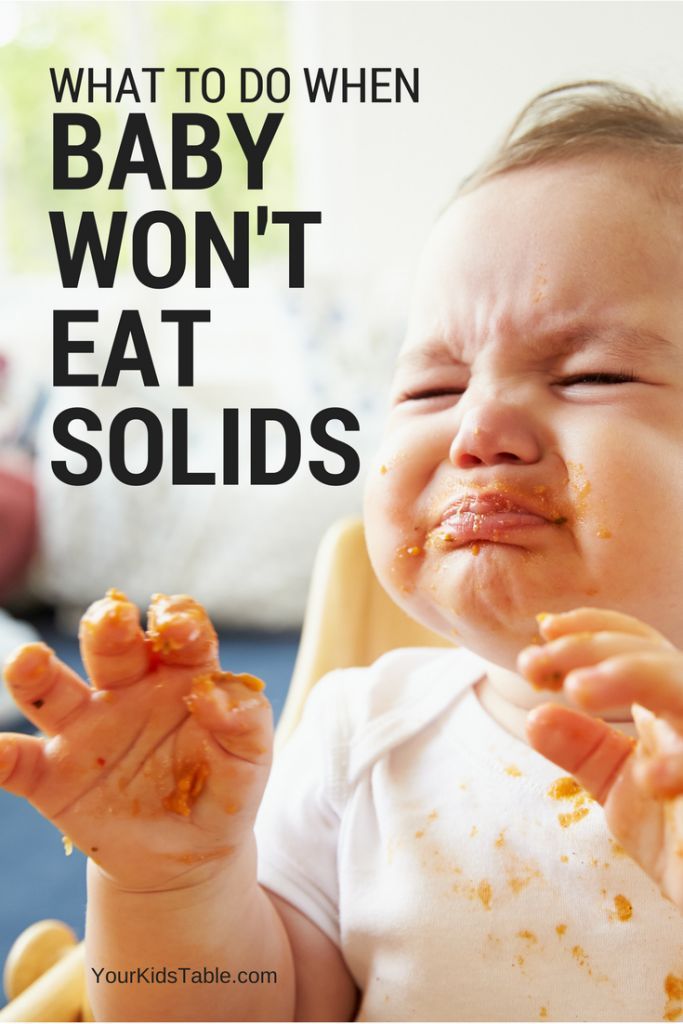 One piece is given as a bedtime treat.
One piece is given as a bedtime treat.
Introducing unshelled nuts to squirrels is tricky due to nut aggression. Karen saves unshelled nuts when the squirrels get transferred to the release enclosure. When in the release enclosure, Karen stops handling the squirrels.
Nuts in the shell can turn squirrels into little devils. If you’re not worried about nut aggression, then 6 to 7-week old squirrels can have 1 to 2 nuts, NO more than that if the squirrel is captive.
Baby Squirrel Feeding Chart 8 to 9 Weeks Old: New Fruit Introductions
FruitKaren offers apples to squirrels at 8 to 9 weeks of age. If no issues after 24 hours feed blueberries, followed by grapes. Please remember to give only one type of fruit at a time. If no problems, continue with other varieties like blackberries, cantaloupe, cherries, coconut, cranberries, citrus, kiwi, persimmon, pomegranate, raspberries, etc. watermelon
Lesson LearnedDuring a volunteer rehab shift, Karen witnessed an 8-week old squirrel struggling. A piece of apple skin was stuck to the squirrel’s palate, and removing the skin took two people. They considered themselves very lucky to be there during that emergency and used it as a lesson learned.
A piece of apple skin was stuck to the squirrel’s palate, and removing the skin took two people. They considered themselves very lucky to be there during that emergency and used it as a lesson learned.
| 8 to 9 weeks old: Fruit Introductions |
|---|
| Apples (introduce first & remove skin) |
| Blueberries |
| Grapes (remove skin) |
| Blackberries |
| Cantaloupe |
| Cherries |
| Coconut |
| Cranberries |
| Citrus |
| Kiwi |
| Persimmon |
| Pomegranate |
| Raspberries |
| Strawberries |
| Watermelon |
Baby Squirrel Feeding Chart 9 to 10 Weeks Old: Animal Protein Introductions
At 9-10 weeks old, the squirrels are fed animal protein.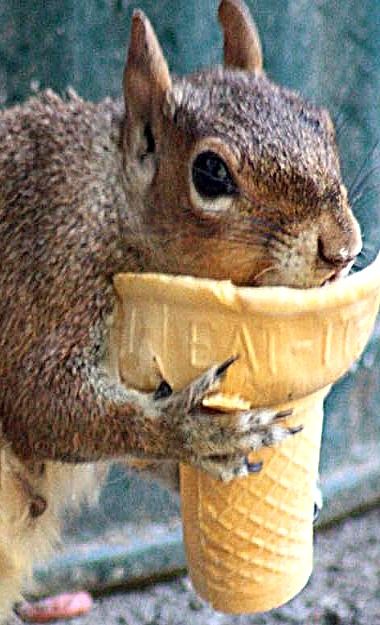 This includes dried grasshoppers, crickets, live or dried mealworms, and live moths. Take note, that all squirrels are not into these, but giving them a try is a good idea.
This includes dried grasshoppers, crickets, live or dried mealworms, and live moths. Take note, that all squirrels are not into these, but giving them a try is a good idea.
| 9 to 10 weeks old: Animal Protein Introductions |
|---|
| Dried grasshoppers |
| Dried crickets |
| Live or dried mealworms |
| Live moths |
Baby Squirrel Feeding Chart 9 to 10 Weeks Old: Wild Food Introductions
Squirrels love wild foods, offered at 9 to 10 weeks of age. As a rehabber, part of Karen’s job is to familiarize the squirrels with some of the local area’s natural foods. If you are a rehabber, have a captive or non-release squirrel, consider educating yourself on wild edibles.
The following list I offer includes: branches with lichen, camellia buds, oxalis (all parts), pine cones, rosebuds, rose hips, white clover (all parts), wild hibiscus, etc.
| 9 to 10 weeks old: Wild Food Introductions |
|---|
| Lichen branches |
| Camellia buds |
| Oxalis (all parts) |
| Pinecones |
| Rosebuds |
| Rosehips |
| White clover (all parts) |
| Wild hibiscus |
Conclusion
When caring for baby squirrels, one of the most important things to know is what they need to eat. The diet a baby squirrel requires is complex. Learning to feed a baby squirrel can be a daunting task, but it doesn’t have to be. If you have any tips or tricks that have worked for you when feeding baby squirrels, send Kitty City Squirrels a message or leave a comment below.
Subscribe to our VIP Squirrel Tails monthly magazine to keep up with the latest happenings at Kitty City Squirrels!
Learn More About the Squirrel Tails Magazine
Learn how to nurse and wean baby squirrels.

For the first 7 weeks of their lives, baby squirrels survive solely on milk from their mothers.1 Puppy milk formulas like Esbilac powder make a great replacement for squirrel milk. You can also use standard kitchen ingredients to formulate your own squirrel milk using this Easy Squirrel Milk Recipe.
How to Nurse Baby Squirrels
Feeding milk to baby squirrels requires “specialized” equipment. A syringe or dropper works nicely. If you choose to use a syringe, make sure it’s made of glass. A baby squirrel will gnaw on a plastic syringe, wearing it down and potentially ingesting plastic. Another consideration when choosing your equipment is the size of the opening. To prevent your squirrel from feeding too quickly and choking or getting fluid in his airways, choose a syringe or dropper with a small opening.2
Baby squirrel drinking milk from a syringe.What About Solid Food?
Baby squirrels can start to eat solid food when their eyes open at around 5 weeks of age.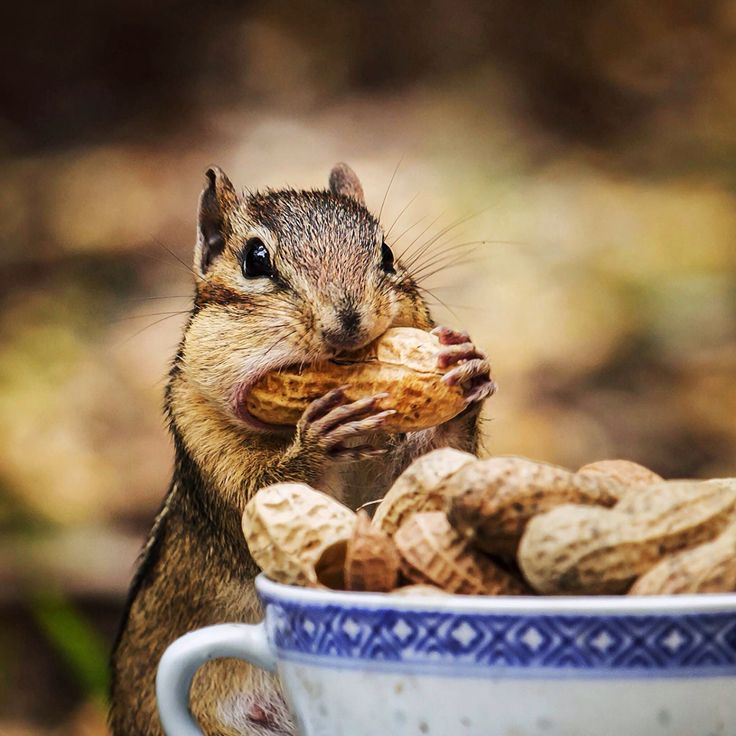 2Their incisor teeth should be grown in by then, so it’s ok to give them harder foods as long as those foods aren’t surrounded by a shell. In fact, the ability to crack a walnut is a sign that a young squirrel is ready to be released.2
2Their incisor teeth should be grown in by then, so it’s ok to give them harder foods as long as those foods aren’t surrounded by a shell. In fact, the ability to crack a walnut is a sign that a young squirrel is ready to be released.2
How to Wean Baby Squirrels
The weaning process begins when a young squirrel is 8 weeks old and will last for 2 to 4 weeks.1,2,3 Therefore, a squirrel should be eating only solid foods by the time he is 10 – 12 weeks old. To wean your squirrel, you’ll need to introduce solid food into his diet while reducing his milk intake. There are two obvious ways to do this.
The most straightforward method is to replace a portion of the milk with solid food. Then, increase the proportion of food to milk every week. A feeding schedule based on this method might look like this:
Age Food
1 – 7 weeks only milk
8 weeks replace 1/4 of milk with solid food
9 weeks replace 1/2 of milk with solid food
10 weeks replace 3/4 of milk with solid food
11 weeks only solid food
Another method of weaning squirrels is to start diluting the milk with water at 8 weeks of age and adding solid food to the squirrel’s diet at the same time. Since the composition of a mother squirrel’s milk changes over the course of the nursing period,1 this method might be preferable. Here’s an example of a feeding schedule using the dilution method:
Since the composition of a mother squirrel’s milk changes over the course of the nursing period,1 this method might be preferable. Here’s an example of a feeding schedule using the dilution method:
Age Food
1 – 7 weeks only milk
8 weeks dilute milk until 1/4 of it is water; add solid food
9 weeks dilute milk until 1/3 of it is water; add solid food
10 weeks dilute milk until 1/2 of it is water; add solid food
11 weeks only solid food
Related Posts
- What Do Squirrels Eat?
- How to Figure Out the Age of a Baby Squirrel
References
1 Nixon, C., & Harper, W. (1972). Composition of gray squirrel milk. The Ohio Journal of Science, 72(1), 3-6. Retrieved from https://kb.osu.edu/dspace/bitstream/handle/1811/5665/V72N01_003. pdf?sequence=1
pdf?sequence=1
2 Cherney, L. & Nieves, M. (1991). How to care for orphaned wild mammals. Iowa State University Veterinarian, 53(2), 94-99. Retrieved from http://lib.dr.iastate.edu/cgi/viewcontent.cgi?article=3394&context=iowastate_veterinarian
3 Webster, D., Parnell, J., & Biggs, W. (1985). Mammals of the Carolinas, Virginia, and Maryland. Chapel Hill and London: The University of North Carolina Press.
Author KarenPosted on Categories Baby Squirrels, How-To ArticlesSquirrel fell out of the nest. Squirrels reproduction and lifestyle. Is it worth getting a squirrel as a pet
What to feed a squirrel?
One of the products that I use in feeding baby squirrels is Esbilac milk replacer for puppies. You can purchase it at most pet stores.
Esbilac may be sold in powder or liquid form. I prefer to buy Esbilac powder. Do not buy instead of Esbilak its substitutes that you can offer in the store. At the same time, get a few syringes in the store (or pharmacy), but without needles.
I prefer to buy Esbilac powder. Do not buy instead of Esbilak its substitutes that you can offer in the store. At the same time, get a few syringes in the store (or pharmacy), but without needles.
You can pick up a gift for your loved one in the online store dom-podarka.ru.
Never, ever use bottles with nipples when feeding a squirrel! The squirrel can suffocate because of them!
Instead of bottles, you will need 1 to 3 unit syringes for feeding very young squirrels, and 5 to 10 unit syringes for feeding slightly older squirrels.
Instead of needles, you need to put small papillae on syringes, which can be sold in pet stores.
If you cannot find such small papillae, then use a pipette, but in this case, be extremely careful not to feed the squirrel too quickly, otherwise it may choke.
Mix 2 parts liquid esbilac with 1 part water (if using powdered esbilac add 2 parts water to 1 part esbilac). You can also add just a little fruity sweetener for kids. Only quite a bit! You can use fruit banana sweetener - squirrels really like this taste.
Only quite a bit! You can use fruit banana sweetener - squirrels really like this taste.
You can also add some yoghurt to the nutritional formula.
Mix the formula in a clean jar and then store the mixture in the refrigerator.
Then, for each feeding, heat only the part of the formula that will be used for that feeding.
When heating the mixture in the microwave, be careful not to heat the mixture too hot.
Then draw the formula into the syringe and feed the squirrel very carefully.
When feeding, I lay the older baby squirrels on a flat surface and feed them in that position. If the squirrels are still too small, then you can feed them by holding them in your hand.
Be very careful and slow to prevent the squirrel from drowning.
Sometimes a baby squirrel can suckle formula so fast that it starts to choke. In this case, you need to immediately stop feeding and hold the baby upside down so that excess fluid can flow back out. After that, you need to wipe the squirrel's nose and mouth and then continue feeding, only more slowly.
After that, you need to wipe the squirrel's nose and mouth and then continue feeding, only more slowly.
A very small baby squirrel with hair that is still completely missing or has barely begun to grow, needs to be fed regularly every 2-3 hours, as thin squirrels cannot eat enough at one meal.
Baby squirrels at two to three weeks of age should be fed regularly every 3-4 hours.
Three to five week old baby squirrels need to be fed every 4-5 hours.
At the age of five weeks, squirrels should be fully furred and their eyes should be opening. At this age, they can be fed every four hours during the day, and can no longer be fed at night.
The amount of food a baby squirrel needs at each meal is not strictly defined. The squirrel may eat a little more or a little less.
Here is an approximate feeding schedule for baby squirrels depending on their age:
From one day to two weeks old: 0.5-2 cc see for each meal, 6-8 feedings per day.
2 to 4 weeks old: 2-4 cc.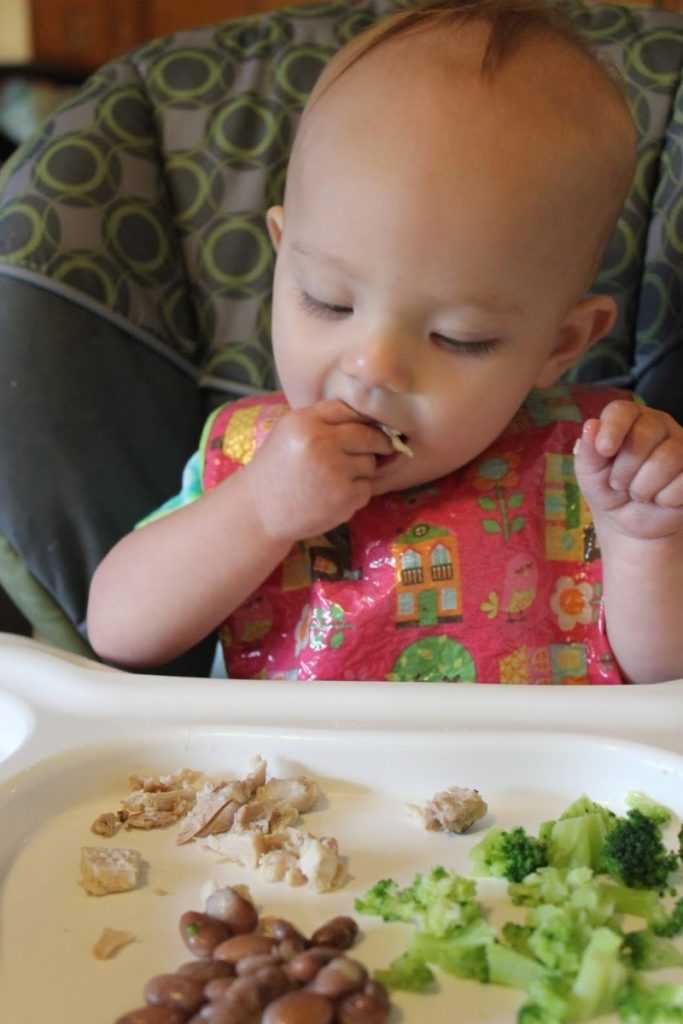 see for each meal, 5 or 6 feedings during the day.
see for each meal, 5 or 6 feedings during the day.
4 to 6 weeks of age: 4-6 (or even more) cc. see for each meal, 4 meals during the day, you can no longer feed at night.
From the age of six weeks, squirrels can already eat more solid food (zu prem biscuit and small pieces of plant food) in addition to the nutritional formula that they need to be given in a volume of 6-12 cc. see at every meal. Squirrels of this age need to be fed 2-3 times a day.
I always give baby squirrels a nutritional formula until then. Until they give up on it.
Also squirrels are given goat's milk with the following calculation:
1 day - 1:4 (goat's milk:water)
Day 2 - 1:3 (goat's milk:water)
Day 3 - 1:2 (goat's milk:water)
If a baby squirrel is fed goat's milk, its feces are like yellow toothpaste. If the feces become more liquid, start giving the squirrel the mixture as on the first day (1:4).
Squirrel must always be clean. After each feeding, wipe around the mouth with a damp cloth. Gently clean the genitals and anus several times a day (more often if necessary).
Gently clean the genitals and anus several times a day (more often if necessary).
Vitamins must be added to goat's milk mixture. Very tiny squirrels are given one drop twice a day during the first week of feeding. Squirrels of three weeks of age are given one drop 3 times a day. When the squirrel opens his eyes, give him two drops of vitamins 3 times a day.
At the end of June 2011, a squirrel was brought to our office. More specifically, squirrels. These squirrels fell out of the hollow right on the heads of walking citizens.
Now let's figure it out. How could tiny squirrels, who had just opened their eyes, fall out of the hollow? And why did the negligent mother immediately brazenly sit on a branch, did not take children, did not react to people's comments? Everything is simple. The squirrels did not fall, but were thrown out by their mother. It is not uncommon (for old squirrels or if these are late broods, then maybe for other reasons) squirrels are born with underdeveloped internal organs. In captivity, such animals are cheerful and cheerful, they jump, eat, and then suddenly one fine morning they do not wake up. Nature rewarded such unviable squirrels with an unpleasant specific smell. And the mother squirrel throws them out of the nest like something smelly. No animal parent will waste time and energy on obviously sick and weak offspring. The squirrels will surely die. They will quickly be found and eaten by some predator, and maybe your pet dog. Pity the squirrels. But, in nature, up to 80% of young squirrels die annually, which, for various reasons, do not survive their first autumn or winter. Even with such a figure, squirrels continue to be found in abundance in Bitsevsky Park. Protein is included in the natural food cycle. She herself is considered a "tree rat" - she eats everything. In addition to plant foods, the squirrel eats various insects with pleasure, destroys bird nests (it can eat both eggs and chicks). If the protein is diluted too much, then they will significantly reduce the number of small birds.
In captivity, such animals are cheerful and cheerful, they jump, eat, and then suddenly one fine morning they do not wake up. Nature rewarded such unviable squirrels with an unpleasant specific smell. And the mother squirrel throws them out of the nest like something smelly. No animal parent will waste time and energy on obviously sick and weak offspring. The squirrels will surely die. They will quickly be found and eaten by some predator, and maybe your pet dog. Pity the squirrels. But, in nature, up to 80% of young squirrels die annually, which, for various reasons, do not survive their first autumn or winter. Even with such a figure, squirrels continue to be found in abundance in Bitsevsky Park. Protein is included in the natural food cycle. She herself is considered a "tree rat" - she eats everything. In addition to plant foods, the squirrel eats various insects with pleasure, destroys bird nests (it can eat both eggs and chicks). If the protein is diluted too much, then they will significantly reduce the number of small birds.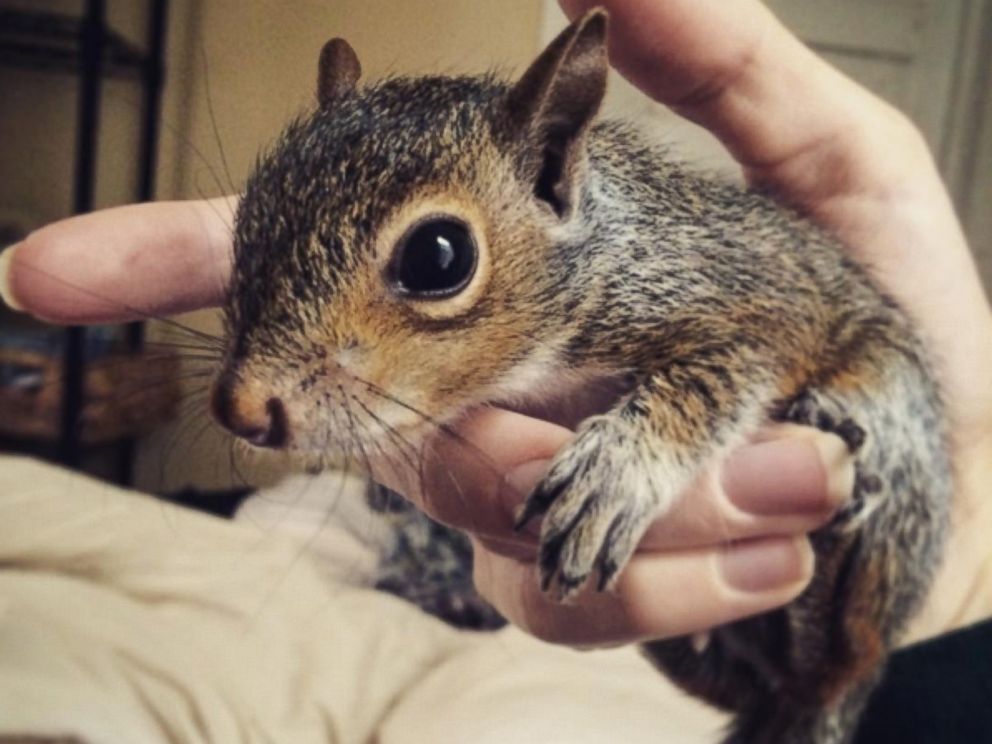 That is, the squirrel is still a forest robber. In turn, the squirrel is an excellent food for martens and birds of prey. She also intensively makes stocks for the winter and other inhabitants of the forest use these stocks. Thus, for the forest, proteins are needed in any form (living or dead).
That is, the squirrel is still a forest robber. In turn, the squirrel is an excellent food for martens and birds of prey. She also intensively makes stocks for the winter and other inhabitants of the forest use these stocks. Thus, for the forest, proteins are needed in any form (living or dead).
We return to the forest orphans. If you find a suspiciously weak, such a compassionate cub, then you have a choice. Or do not interfere in the affairs of Nature and pass by. Or, as a Good Deity, you can give the animals a few weeks or months (or maybe years) of life. But, remember once and for all, GOOD DEEDS SHOULD BE DONE WITH YOUR OWN HANDS, AND NOT SHIFTING THEM TO OTHERS!
Decided to help the beast - take it home and take care of it. If he is not seriously injured, then we quickly treat and release him. If he is disabled for life, then we provide him with a happy stay in our hospitable home. No need to carry the poor fellow to the Zoo. There is a wagon and a cart for their animals. And here you are with your proteins. Zoo staff will be happy to fill you with a bag of “once-beloved-owners-and-quickly-bored-living-toys”. And you don't have to bring animals into the forestry. There are no nurseries and shelters in the forestry. All worries will fall on the shoulders of the park workers. Such an employee will not receive any outside help, any bonuses or leave to care for the sick.
And here you are with your proteins. Zoo staff will be happy to fill you with a bag of “once-beloved-owners-and-quickly-bored-living-toys”. And you don't have to bring animals into the forestry. There are no nurseries and shelters in the forestry. All worries will fall on the shoulders of the park workers. Such an employee will not receive any outside help, any bonuses or leave to care for the sick.
I hope that the people who brought us 5 baby squirrels will read this article. They brought the animals to the forestry, gave them away, breathed a sigh of relief, wrote down another good deed for themselves and went home. It's all over for them. But it started for me. The hand did not rise to throw out the children (to feed them to the predator, the hand did not rise either). I had to play the role of the Good Deity. I will say, looking ahead, despite all the difficulties, my family and I got a lot of pleasure and impressions from communicating with squirrels. But this is all due to the fact that all the people living in my house are people who LOVE ANIMALS MORE THAN FURNITURE AND CARPETS.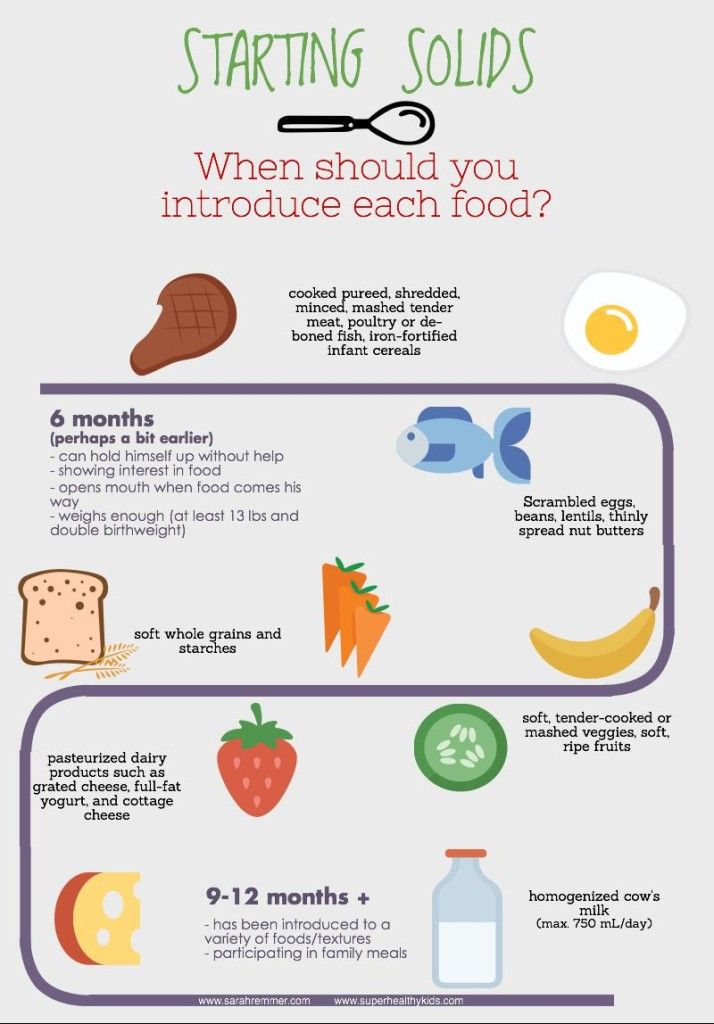 Dear reader, have you already wanted to have a squirrel at home? Wait, now I will tell you what you have to face.
Dear reader, have you already wanted to have a squirrel at home? Wait, now I will tell you what you have to face.
Belchats (and me) got lucky from the very beginning. My mother agreed to help feed the baby squirrels. At first, the squirrels only slept in a hat. They were fed 5 times a day with diluted cat's milk. Animal children should not be fed cow's milk. Pet stores sell cat's milk powder concentrate and small bottles with nipples. We feed, wash hats, do massage. Everything seems to be simple. My pets, accustomed to the fact that various strange creatures periodically appear in the house, reacted calmly to the squirrels. They only said: “Lord, they threw some more and there’s nowhere to spit!”
The squirrels have grown. They gave up milk. We switched to adult nutrition and became super-active. I had to give two rooms of the country house at the disposal of the squirrels.
And now the list of outrages that squirrels can do in the house. 4 squirrels (1 did not survive) give the impression that there are at least 20 of them.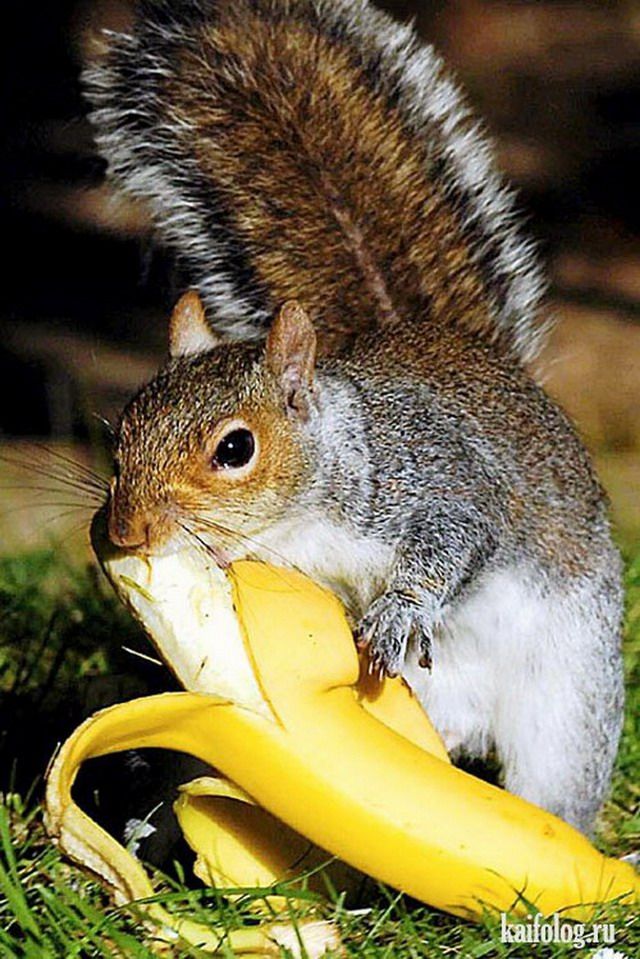 Everything around you rustles, fastens, jumps and sways. Squirrels are everywhere: on the curtains, on the carpet, in the toolbox, in the bag of cereal, in the box of cotton wool, in the fireplace, under the covers, in the closet with clothes, on your back, on your head, in your pocket, in your leg, and while constantly someone dangles on the floor. The squirrels quickly remodeled the house to their liking. They pulled out the insulation from the wall and insulated the box in which the soap was stored (naturally, the soap was thrown away). They stole all the nuts and stuffed them into the cracks. They found candles and partly ate them (what they didn’t eat was taken away in an unknown direction). They gnawed a dried fish head. They ate the button on the electric razor. All the ropes and rags were collected and taken to a box, already insulated with cotton wool. A cloth was pulled out of the eyeglass case to wipe the glasses. The rag made an excellent mattress. Everything that was there was taken out of the fireplace and beautifully laid out on the floor.
Everything around you rustles, fastens, jumps and sways. Squirrels are everywhere: on the curtains, on the carpet, in the toolbox, in the bag of cereal, in the box of cotton wool, in the fireplace, under the covers, in the closet with clothes, on your back, on your head, in your pocket, in your leg, and while constantly someone dangles on the floor. The squirrels quickly remodeled the house to their liking. They pulled out the insulation from the wall and insulated the box in which the soap was stored (naturally, the soap was thrown away). They stole all the nuts and stuffed them into the cracks. They found candles and partly ate them (what they didn’t eat was taken away in an unknown direction). They gnawed a dried fish head. They ate the button on the electric razor. All the ropes and rags were collected and taken to a box, already insulated with cotton wool. A cloth was pulled out of the eyeglass case to wipe the glasses. The rag made an excellent mattress. Everything that was there was taken out of the fireplace and beautifully laid out on the floor.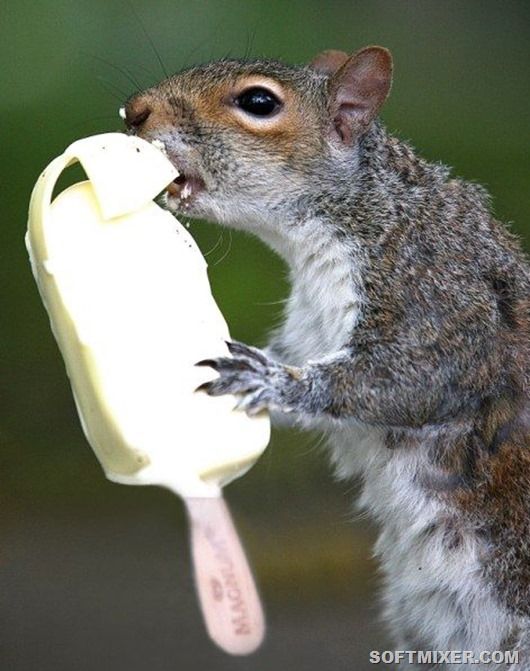 Firewood was cut into pieces. All the floors were spitting with seed rinds. Tubes of cream jumped with enviable constancy on the shelves and climbed the curtains. The squirrels had a quiet hour twice a day. Oh, that magical SLEEP HOUR! The kids fell asleep where daytime sleep overtook them: on a shelf, on a lantern, on a bed, in a plate, in a bedside table, on a table, in a vase, etc. And here is one more luck: the squirrel is a diurnal animal and sleeps all night. Ours went to bed at 19:30, so that in the evening the rooms were at the disposal of the people (“Hurrah! The little ones went to bed!”).
Firewood was cut into pieces. All the floors were spitting with seed rinds. Tubes of cream jumped with enviable constancy on the shelves and climbed the curtains. The squirrels had a quiet hour twice a day. Oh, that magical SLEEP HOUR! The kids fell asleep where daytime sleep overtook them: on a shelf, on a lantern, on a bed, in a plate, in a bedside table, on a table, in a vase, etc. And here is one more luck: the squirrel is a diurnal animal and sleeps all night. Ours went to bed at 19:30, so that in the evening the rooms were at the disposal of the people (“Hurrah! The little ones went to bed!”).
Don't think that I had a pigsty at home. It was very clean, however, I had to constantly sweep - clean, sweep - clean, and so on ad infinitum.
In mid-August, the squirrels moved to an enclosure on the territory of the administration of Bitsevsky Forest. I thought my problems were over, but no, they've only just begun. With the onset of cold nights, the squirrels began to freeze.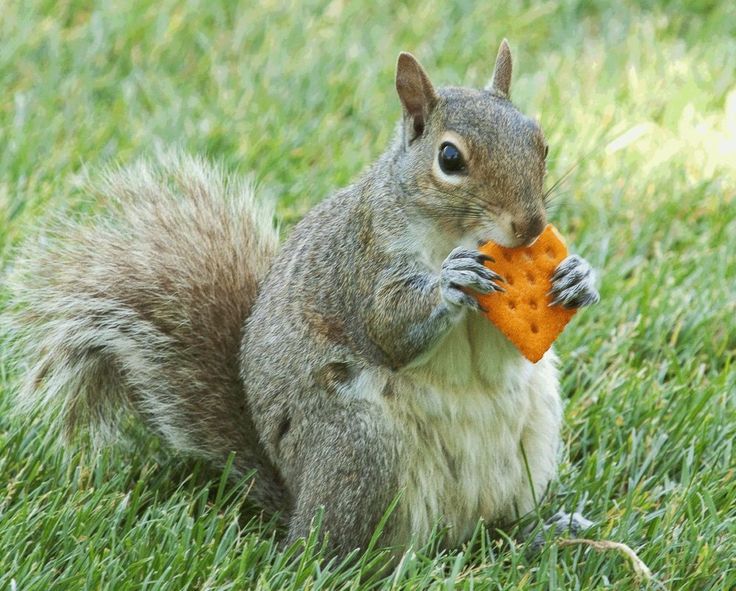 All their energy was spent on heating. They did not grow and wrapped themselves chillily in baby summer coats. One squirrel died. The situation is deadlocked. And here I am lucky again - a very good person who works with animals takes my squirrels. Where this good man works, I will not tell you, otherwise you will rush there with your foundlings. Now the squirrels live indoors, they have grown up and even got a gray winter coat. They cannot live in the forest. I don’t even know if it will be possible to move them back to the enclosure in the summer.
All their energy was spent on heating. They did not grow and wrapped themselves chillily in baby summer coats. One squirrel died. The situation is deadlocked. And here I am lucky again - a very good person who works with animals takes my squirrels. Where this good man works, I will not tell you, otherwise you will rush there with your foundlings. Now the squirrels live indoors, they have grown up and even got a gray winter coat. They cannot live in the forest. I don’t even know if it will be possible to move them back to the enclosure in the summer.
This is the story. Draw your own conclusions.
P.S. One clear October morning, the strongest and most active squirrel (already the third of five) did not wake up. An autopsy showed that he did not have a single normally developed organ.
At the time of the newspaper going to print (January 2012), the two remaining squirrels (now squirrels) continue to live indoors, they do not complain about their health yet.
Victoria Shlyakhovaya,
chief specialist of the biodiversity department,
monitoring and environmental education
Did you find an orphaned baby squirrel? While it's best to return the squirrel to its mother, you can take care of it yourself until it grows up.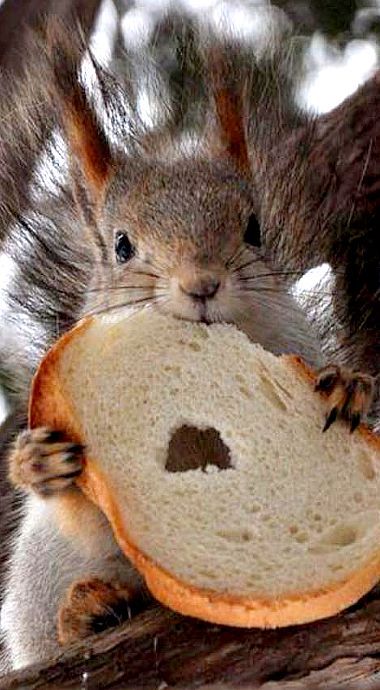 However, please note that this is prohibited by law in some regions. First, check your local laws to see if they prohibit keeping squirrels in the home. Compared to pets, keeping wild animals is more difficult and dangerous. However, if you tirelessly care for the squirrel, properly feed it and provide it with a suitable home, then it will grow up, and eventually it will be possible to release it into the wild.
However, please note that this is prohibited by law in some regions. First, check your local laws to see if they prohibit keeping squirrels in the home. Compared to pets, keeping wild animals is more difficult and dangerous. However, if you tirelessly care for the squirrel, properly feed it and provide it with a suitable home, then it will grow up, and eventually it will be possible to release it into the wild.
Steps
Part 1
How to save a squirrel
First of all, look for the squirrel's mother. Although you can take care of a squirrel, no one will do it better than his own mother. If you find a baby squirrel, you should try to find its mother before taking any further action. The mother squirrel will definitely look for lost children and pick up the squirrel if it is still warm.
- A mother squirrel will not pick up a cold squirrel, because in this case she will think that he is sick or dying.
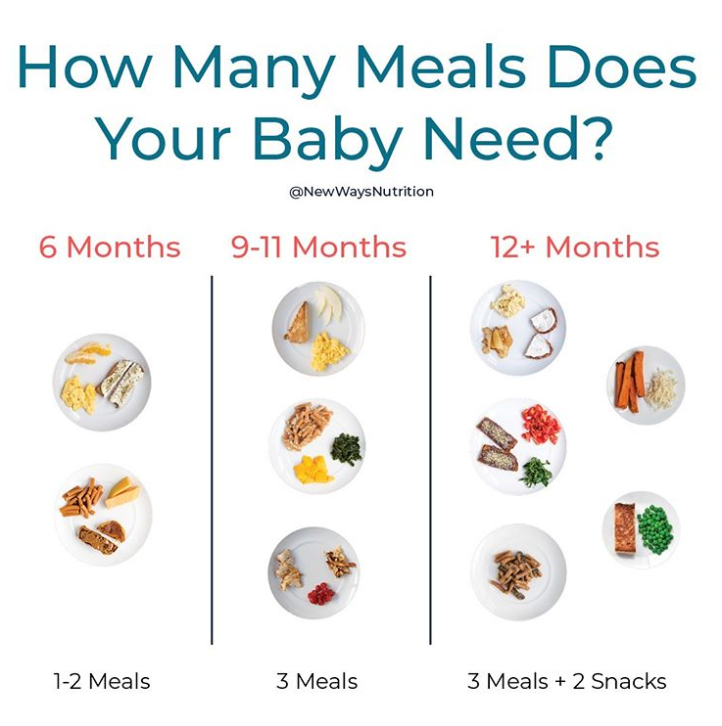 Act according to the situation. If the squirrel is injured or cold, or it is night outside and the mother squirrel has not appeared within 1-2 hours, then the cub is most likely orphaned and needs your help.
Act according to the situation. If the squirrel is injured or cold, or it is night outside and the mother squirrel has not appeared within 1-2 hours, then the cub is most likely orphaned and needs your help. - Human scent won't stop a mother squirrel from picking up her baby, so it's safe to touch the squirrel.
- If you find several squirrels and one of them is already dead, be aware that the squirrel will not take the remaining cubs. In this case, you can take the surviving squirrels, and then see if the squirrel mother comes after them after a while.
Carefully pick up the squirrel. Wear thick leather gloves for safety. Examine the baby squirrel to determine if it is injured, if there are insects on it, if it is bleeding, if there are any swelling or wounds. If you find blood, broken bones, or other serious injuries, you should contact your veterinarian as soon as possible to examine the squirrel. In this case, the veterinarian may require you to permit the content of squirrels. In this case, contact your local animal rescue service as soon as possible.
In this case, contact your local animal rescue service as soon as possible.
Keep the squirrel warm. Baby squirrels do not produce their own heat, so care must be taken to keep the squirrel warm. Use a heating pad, heated mat, hot water bottle, or other heating device to do this. A heating pad with circulating fluid is best. Set the temperature to low or medium so that the squirrel is comfortable.
- Squirrels need a temperature of around 37 °C. If you have a thermometer handy, you can use it to monitor the temperature and, if necessary, correct it.
- Some heaters turn off automatically after a few hours of operation, so make sure the heating pad does not turn off. If you have to take care of the squirrel yourself, get a heater that does not turn off. The life of a baby squirrel depends on it. You can also take a box and cover it with a towel, or make ventilation holes in its lid - the heat will last longer in a closed box.
Choose a small box. Once you've found something to keep the baby squirrel warm, you'll need a small box (like a shoe box), a basket, or something similar. Lean a heating device against one wall. If it gets too hot, the baby squirrel will simply crawl away. If you are using a heating mat, place under box, not in it.
Once you've found something to keep the baby squirrel warm, you'll need a small box (like a shoe box), a basket, or something similar. Lean a heating device against one wall. If it gets too hot, the baby squirrel will simply crawl away. If you are using a heating mat, place under box, not in it.
- Place a nest in the box. Line the bottom of the box with material from where you picked up the squirrel. Make a cozy nest in the shape of a ring and put the squirrel in the middle. Make sure that the heat source is directed at the nest, but does not touch the baby squirrel.
- If necessary, line the nest with a soft cloth. Do not use towels, as the squirrel can get caught in the paw and break the ankle, dislocate the paw, and the like.
Try again to find the mother squirrel. Position the nest outside. If there are no dogs, cats, foxes and other predators in the area, you can put the nest directly on the ground. If you're unsure about safety, secure the nest to a tree or pole to keep predators out of it.
- When the baby squirrel gets warm, he will instinctively call for his mother. If the mother squirrel is nearby, she will hear and come for her baby. Squirrels carry their babies just like cats, so don't worry about the nest being in a tree.
Not Give the squirrel nuts as the first solid food. Start with healthy vegetables (broccoli, spring greens, kale, etc.). When the baby squirrel gets used to the pellets and vegetables, you can start introducing fruits and nuts. Give your squirrel no more than one nut and 1-2 small pieces of fruit per day.
- Read more:
Squirrel care
Squirrels, even very small ones, unlike rabbits, are fairly easy to raise in captivity, but there are some rules to keep in mind. First, make sure the squirrel really needs your care. It happens that small squirrels fall out of the hollow, but if they are left alone, the mother squirrel will definitely go down after them, and taking 1 by the hair of the scruff of the neck with her teeth, she will lift her back up the tree. Secondly, baby squirrels are in great need of warmth. It is best if artificial heat comes from a homemade heater. The temperature regime and feeding should be normal, but at the same time try to take protein in your hands less often. Nursing squirrels from infancy is divided into three stages: from birth to 4 weeks, from 4 weeks to 2 months, from 2 months to release. Treatment, maintenance and feeding are not the same at each stage.
Secondly, baby squirrels are in great need of warmth. It is best if artificial heat comes from a homemade heater. The temperature regime and feeding should be normal, but at the same time try to take protein in your hands less often. Nursing squirrels from infancy is divided into three stages: from birth to 4 weeks, from 4 weeks to 2 months, from 2 months to release. Treatment, maintenance and feeding are not the same at each stage.
Eyes of squirrels usually open on 19-21 days; knowledge of this rule will make it possible to accurately determine the age of the animal. 30
Use a medical pipette to feed the tiny squirrels, making sure the milk flow is even. We remind you that the use of a glass pipette is unacceptable. Squirrels are extremely voracious and can even strangle each other in an impatient desire to quickly satisfy their hunger. It is better to feed them on the table, laying a bath towel on it. This will make it easier to control the behavior of the animals and the flow of milk from the pipette. Do not leave squirrels on the table unattended: they may not stay on its surface and eventually fall off.
Do not leave squirrels on the table unattended: they may not stay on its surface and eventually fall off.
Here is the recommended diet initially: 85 g of condensed milk, a teaspoon of baby food. Wait until the mixture is completely dissolved, add four drops of syrup. You can also give regular milk with the addition of baby food.
The food must be fresh, so every day you need to cook again. Store refrigerated, tightly stoppering the container. Before each meal, warm up to a temperature of 30-35 ° C.
Rinse pipette thoroughly after each feeding. Milk turns sour very quickly, and consumption of it in a spoiled form can cause diseases. If the animal at least once tastes spoiled or too hot milk, the next time it will certainly refuse to eat.
Never bathe an animal. Do not use softwood shavings for bedding, as the dust from it has a bad effect on the animal, clogging up the nostrils and causing discomfort. If you want to carry out hygiene procedures, use baby creams. Do not use cotton fabrics. Cotton stores moisture, and this is fraught with the fact that the animal can get pneumonia. During the period when the squirrel will get used to self-feeding, its paws and muzzle will be stained with the feed mixture. Before returning the animal to its "bedroom", carefully remove food debris with a towel and warm water.
Do not use cotton fabrics. Cotton stores moisture, and this is fraught with the fact that the animal can get pneumonia. During the period when the squirrel will get used to self-feeding, its paws and muzzle will be stained with the feed mixture. Before returning the animal to its "bedroom", carefully remove food debris with a towel and warm water.
For squirrels it is very good to adapt a cardboard box. The height of the sidewalls should be approximately 30 cm. To be sure, cover it on top with a metal mesh so that the animal cannot get out. Thanks to this coating, the cage will be ventilated, and the animal will feel good. Mount the box in the brooder. Use a soft cloth as a bedding: it is easy to clean, light in weight and retains heat sufficiently. Under this fabric, squirrels can hide from the cold and freely get out from under it if the temperature in the box is normal. Warmth will flow through the cardboard bottom, giving the animals the necessary feeling of comfort. Immediately after the end of each feeding, the animal should immediately be returned to its home. If the chick is healthy, he should oversleep until the next feeding. Keep animals away from newspapers - the lead used in printing can cause illness.
If the chick is healthy, he should oversleep until the next feeding. Keep animals away from newspapers - the lead used in printing can cause illness.
After the first period of infancy, when about a week has elapsed since the opening of the eyes, the time will come for the animal to be taught to eat from a plate. The dimensions of the plate or saucer are as follows: about 9 cm in diameter and no more than 2.5 cm deep. For feeding, adjust an additional cardboard box. The bottom of the "dining room" can be lined with paper, which is easy to change periodically.
Place a piece of white bread on a saucer, then pour over the nutrient mixture. Gently bring the animal's mouth close to the food. Repeat the procedure several times until the animal understands what is required of it. Some squirrels learn to eat on their own fairly quickly, while others require patience.
Alternate hand feeding and saucer feeding so that the squirrel does not reinforce one-sided habits. As soon as you find out that the animal is sufficiently accustomed to the saucer, you can finally refuse to feed from your hands. Feeding baby squirrels with bread soaked in milk is very convenient, as the animal will not take too large sips and will not choke. Don't try to feed more than one squirrel at a time. Until the squirrels get used to eating normally, they run around the saucer of food and eventually get themselves dirty and make dirt in the box. In general, they can be very untidy, but do not pay attention to it. As soon as you notice that the squirrel has eaten enough, immediately take it to the sleeping box, where it will dry. When the protein grows up and there is no need for heating, you can gradually add other products to bread and milk.
As soon as you find out that the animal is sufficiently accustomed to the saucer, you can finally refuse to feed from your hands. Feeding baby squirrels with bread soaked in milk is very convenient, as the animal will not take too large sips and will not choke. Don't try to feed more than one squirrel at a time. Until the squirrels get used to eating normally, they run around the saucer of food and eventually get themselves dirty and make dirt in the box. In general, they can be very untidy, but do not pay attention to it. As soon as you notice that the squirrel has eaten enough, immediately take it to the sleeping box, where it will dry. When the protein grows up and there is no need for heating, you can gradually add other products to bread and milk.
MBUDO "Barnaul city station for young naturalists"
Squirrel - genus of rodents of the squirrel family.
Conditions of detention. Proper housing conditions for a squirrel must be established before it can be purchased. These animals are very mobile, so good conditions of detention directly depend on the size of their home. A good option would be a high aviary, the height of which should be at least a meter, and the length and width of at least 50 centimeters. Such an aviary should be placed in places without drafts and excessive noise. In the aviary you need to place a nest or a birdhouse, several branches along which the squirrel will run, boards or shelves on which the animal will sit. For a squirrel, a cage 60 cm high and 50 cm wide is suitable. An adult squirrel will need more space. It is better for an older animal to purchase a cage about 1.5 m high and 60 * 80 cm wide. In such a dwelling, the squirrel will feel comfortable. When choosing a cage, pay attention to the presence of a pallet in it. A convenient retractable, galvanized and equipped with a handle tray will save you time cleaning the squirrel's home.
These animals are very mobile, so good conditions of detention directly depend on the size of their home. A good option would be a high aviary, the height of which should be at least a meter, and the length and width of at least 50 centimeters. Such an aviary should be placed in places without drafts and excessive noise. In the aviary you need to place a nest or a birdhouse, several branches along which the squirrel will run, boards or shelves on which the animal will sit. For a squirrel, a cage 60 cm high and 50 cm wide is suitable. An adult squirrel will need more space. It is better for an older animal to purchase a cage about 1.5 m high and 60 * 80 cm wide. In such a dwelling, the squirrel will feel comfortable. When choosing a cage, pay attention to the presence of a pallet in it. A convenient retractable, galvanized and equipped with a handle tray will save you time cleaning the squirrel's home.
Construction of an aviary or cage. It is also very important to equip the squirrel's home inside. First of all, the cage should be equipped with a drinking bowl for water and a bowl for food. Fill the bottom of the cage with rodent litter. Set up a house resembling a nest or hollow and put dry hay, chopped cotton fabric or pieces of fur in it. When buying a squirrel house, make sure it has a flip-top or handy opening that your hand will fit into. A dwelling of this design will be easier to clean. But do not buy a house without a bottom, because it will still need to be well fixed in the aviary as high as possible.
First of all, the cage should be equipped with a drinking bowl for water and a bowl for food. Fill the bottom of the cage with rodent litter. Set up a house resembling a nest or hollow and put dry hay, chopped cotton fabric or pieces of fur in it. When buying a squirrel house, make sure it has a flip-top or handy opening that your hand will fit into. A dwelling of this design will be easier to clean. But do not buy a house without a bottom, because it will still need to be well fixed in the aviary as high as possible.
In addition, a snag should be placed in the cage or a branch should be fixed, on which the squirrel will grind its teeth and claws. If the animal does not have something to sharpen its claws and teeth, then soon the squirrel will begin to have health problems.
For an active pastime of the pet, you can install additional elements in the aviary: a wheel, a hammock, a ladder, a swimsuit. Only when installing additional accessories, please note that the wheel must be axleless, and the mount on hammocks must be carefully hidden.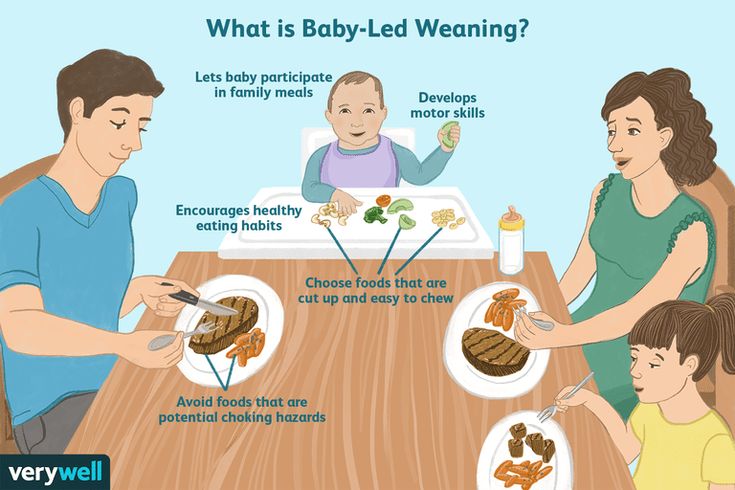 Squirrels need a wheel for an extra burst of energy, but it is important to understand that it never fully compensates for the lack of space to move. The squirrel wheel should be of this design.
Squirrels need a wheel for an extra burst of energy, but it is important to understand that it never fully compensates for the lack of space to move. The squirrel wheel should be of this design.
The wheel must be stable, run smoothly and have no sharp edges. The wheel can be attached to the wall of the cage (depending on the design of the cage) or to a support.
The wheel is attached to a support or to the wall of the cage, so the distance from the bottom of the wheel itself to the horizontal board of the support or wall should be 10 cm so that the squirrel does not get stuck if it tries to climb outside the wheel. The wheel needs to be washed periodically, as squirrels defecate when moving.
A wheel of this design is not suitable for a squirrel - squirrels defecate when moving and the treadmill of such a wheel will constantly be trampled on excrement.
Metal wheels sold in pet stores are not suitable for squirrels - animals are injured in such wheels.
Squirrel care is quite simple. The aviary should be cleaned about once a week, without disturbing its nest, as the squirrel likes its smell very much, and without it it becomes anxious. It is advisable to wash the feeder and drinker once a day.
Squirrel feeding. Having arranged a place in the house for a future or newly arrived pet, you should take care of his diet. If the squirrel was picked up on the street, you should determine the age of the baby before you start feeding him something. By feeding the animal with inappropriate food, there is a risk of ruining his life. Squirrels, which should be fed only milk, are easily identified by the absence of upper incisors. Recognizing babies who eat solid food is also quite easy, they are completely covered with hair, have open eyes, have fully formed upper incisors, they begin to grow tassels and fluff up the tail.
Very young squirrels up to two weeks old (eyes closed and hairless) are fed 2 ml of milk every two hours.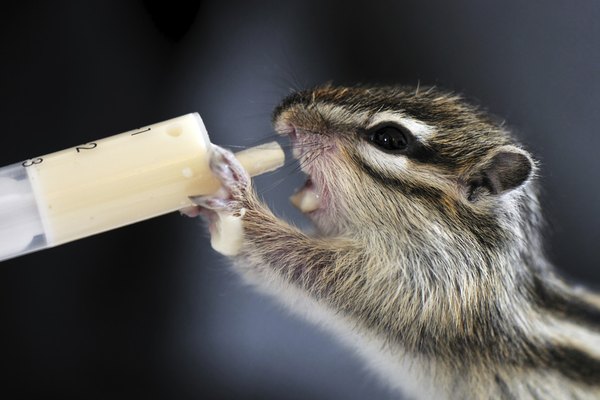 Animals 3 weeks old are fed every three to four hours, 2-4 ml. Babies of five weeks of age are given 4-6 ml of milk every 4-5 hours. Also, at the age of five weeks, solid food, peeled pumpkin seeds, pine nuts, low-fat cottage cheese and dried fruits are introduced into the diet of squirrels. When starting feeding, in no case do not add fruits or vegetables to the squirrel. Your baby's stomach can't digest both fructose and lactose at the same time. After each feeding, the baby needs to massage the tummy so that he can go to the toilet. At the age of 2 months, the squirrel is completely transferred to solid feeding. From this period, the baby begins to eat all the foods that adult squirrels eat.
Animals 3 weeks old are fed every three to four hours, 2-4 ml. Babies of five weeks of age are given 4-6 ml of milk every 4-5 hours. Also, at the age of five weeks, solid food, peeled pumpkin seeds, pine nuts, low-fat cottage cheese and dried fruits are introduced into the diet of squirrels. When starting feeding, in no case do not add fruits or vegetables to the squirrel. Your baby's stomach can't digest both fructose and lactose at the same time. After each feeding, the baby needs to massage the tummy so that he can go to the toilet. At the age of 2 months, the squirrel is completely transferred to solid feeding. From this period, the baby begins to eat all the foods that adult squirrels eat.
Foods that can be fed to a hand squirrel: mushrooms, cones, acorns, fruits, vegetables, dried fruits, bread, cereals, nuts other than almonds and peanuts, young tree shoots, beetles, bird eggs, mealworm, chicken meat. Of the minerals in the cage, there should be salt stone and chalk. Proper feeding and care of the animal will help maintain its health for a long time and extend its life for several years. At home, squirrels live for about 10-12 years.
Proper feeding and care of the animal will help maintain its health for a long time and extend its life for several years. At home, squirrels live for about 10-12 years.
Moult. Shedding occurs twice a year, during this period the animal becomes drowsy and lethargic. In females, spring molting occurs after estrus, and ends by the birth of baby squirrels. In males, molting begins earlier and can continue until July. For the owner of the squirrel, molting does not bring much trouble, as it occurs gradually.
Many owners of squirrels often let them walk around the apartment. Before doing this, you need to make sure that all objects and substances dangerous to the animal are hidden. You should also close the wiring. And make sure that the windows and doors are closed, because it is almost impossible to return a squirrel that has run away from home. If the rodent escaped from the cage, then it should not be caught, as the animal may be injured. You just need to wait until the squirrel gets hungry and runs into the cage for food.

